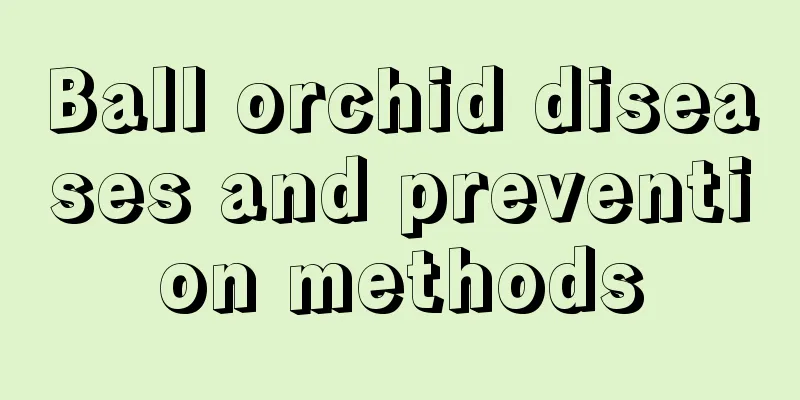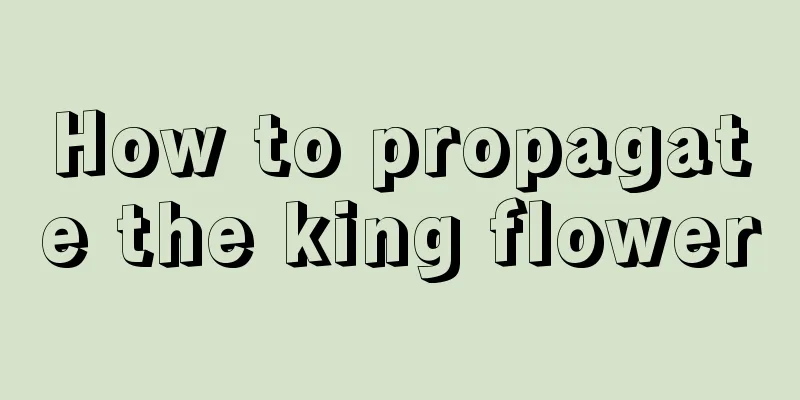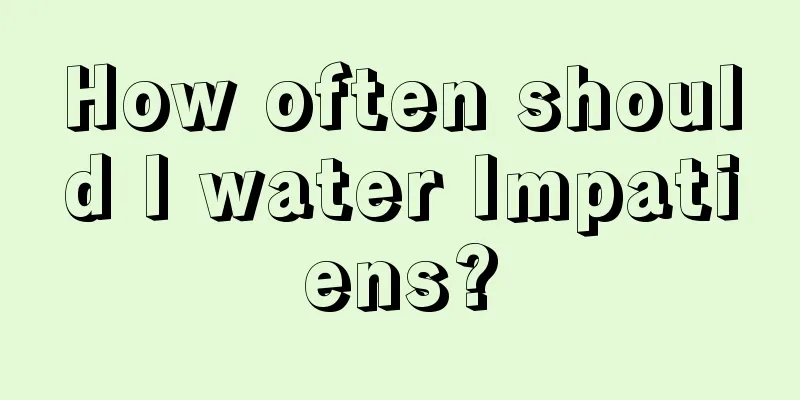Ball orchid diseases and prevention methods

Hoya anthracnosesymptomAnthracnose of Hoya usually infects the plant through wounds. Initially, a number of light yellow, dark brown or light gray spots appear on the leaf surface, sometimes forming several black bands. When the spots expand, the surrounding tissues turn yellow or gray-green and sink. In severe cases, the entire plant may die. Prevention and treatment methodsStrengthen management, do not plant too densely, maintain good light and ventilation, water from the edge of the pot, if there are damaged leaves, cut off the diseased leaves in time, avoid sunburn, cold damage, fertilizer damage, and drug damage, and reduce the occurrence of anthracnose. Take routine prevention measures and spray regularly with 600 times diluted 80 % anthrax thiram or 1000 times diluted 70 % thiophanate methyl. Hoya soft rotsymptomSoft rot is prone to occur in high temperature and high humidity environments. It is more likely to occur in the rainy season in early summer and less likely in winter. Initially, water-soaked spots appear on the leaf surface and petioles, and then they wilt and droop, losing their ornamental value. Generally, the whole plant is infected. When the leaves are affected, they appear as dark green water-soaked spots, which quickly expand to become yellow-brown soft rot, with brown water droplets oozing out and a special odor. Prevention and treatment methodsOnce the plant becomes sick, the diseased leaves should be cut off in time and the wounds should be coated with M-45 cornstarch to prevent reinfection. Use 5000 times of agricultural streptomycin or 1000 times of methyl polysulfonate for spraying for prevention and control. Hoya rustsymptomIn the early stage, orange-red spots appear on the leaves of the Hoya orchid, and in the later stage, brown spores appear on the back of the leaves. Prevention and treatment methodsDisinfect the cultivation medium in advance, strengthen environmental management, maintain ventilation and light, and remove diseased leaves when necessary. When the disease occurs, spray 800 times of 50 % carbendazim or 1000 times of 70 % thiophanate-methyl for prevention and control. |
<<: Disease control of strawberry
>>: Diseases and prevention methods of white chrysanthemum
Recommend
What to do if the winter beauty drops its leaves
Causes of leaf drop Compared with other succulent...
How to graft camellia
Camellia grafting time It is generally better to ...
How to propagate Akebia grandiflora
1. Division method Division time: Generally, we s...
How to care for chrysanthemums
temperature Because there are so many types of ch...
The main value of dragon blood tree
The main value of dragon blood tree: high ornamen...
How to divide the copper coin grass into pots, and when is the best season to divide the copper coin grass into pots
1. Season for dividing the pots The season for di...
How to propagate peach and what to pay attention to
How to reproduce peach The propagation method of ...
What medicine is most effective for citrus red spider mites?
Citrus red spider mites are a very serious pest m...
These 10 kinds of flowers can be as beautiful as fairies without any care!
Million Little Ling Million Little Bells, also kn...
What to do if the leaves of the money tree turn yellow
reason Unsuitable soil The soil in the pot of the...
Common Pests of Michelia scoparia and Their Control
Common Pests of Michelia scoparia Underground pes...
Can an orange tree be planted outside your home?
Can orange trees be planted outside your home? Or...
How to spend the summer with Xiao Mi Xing
illumination Since millet star has entered a dorm...
The efficacy and function of light bamboo leaves
The efficacy and function of light bamboo leaves ...
How much is the average yield of corn per mu? The cost and profit of growing corn
Corn yield per mu The per-acre yield of corn is g...









